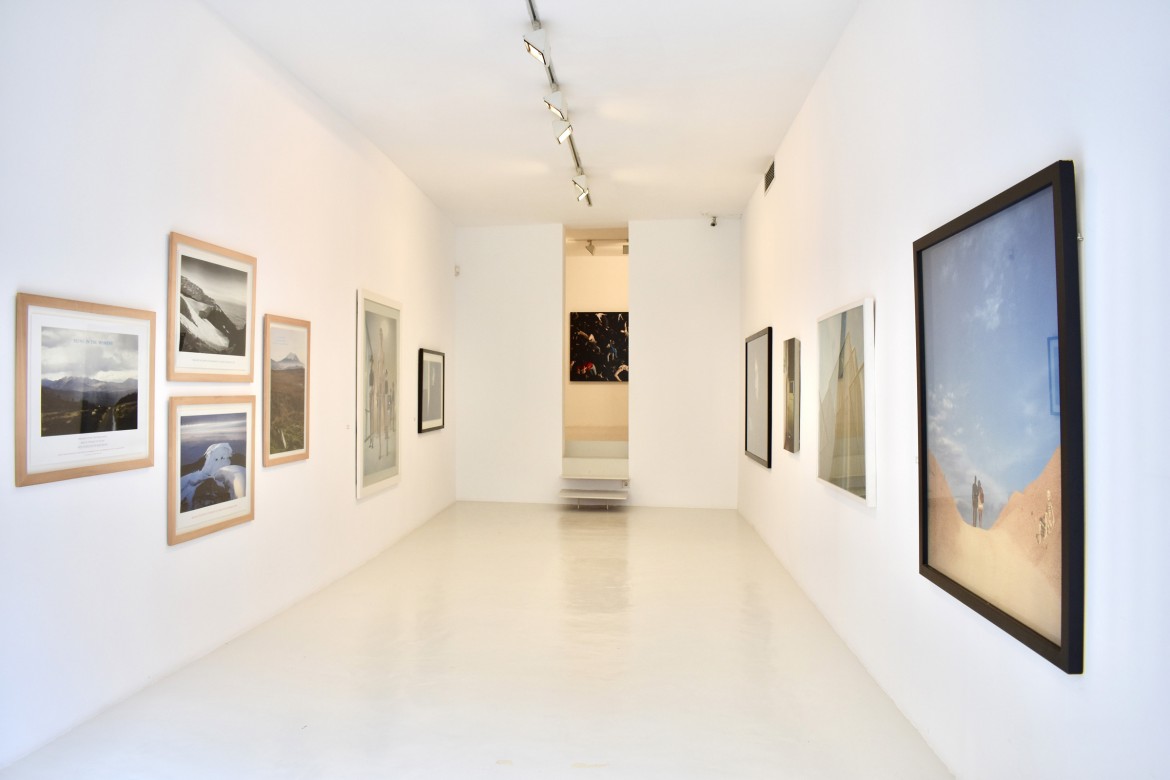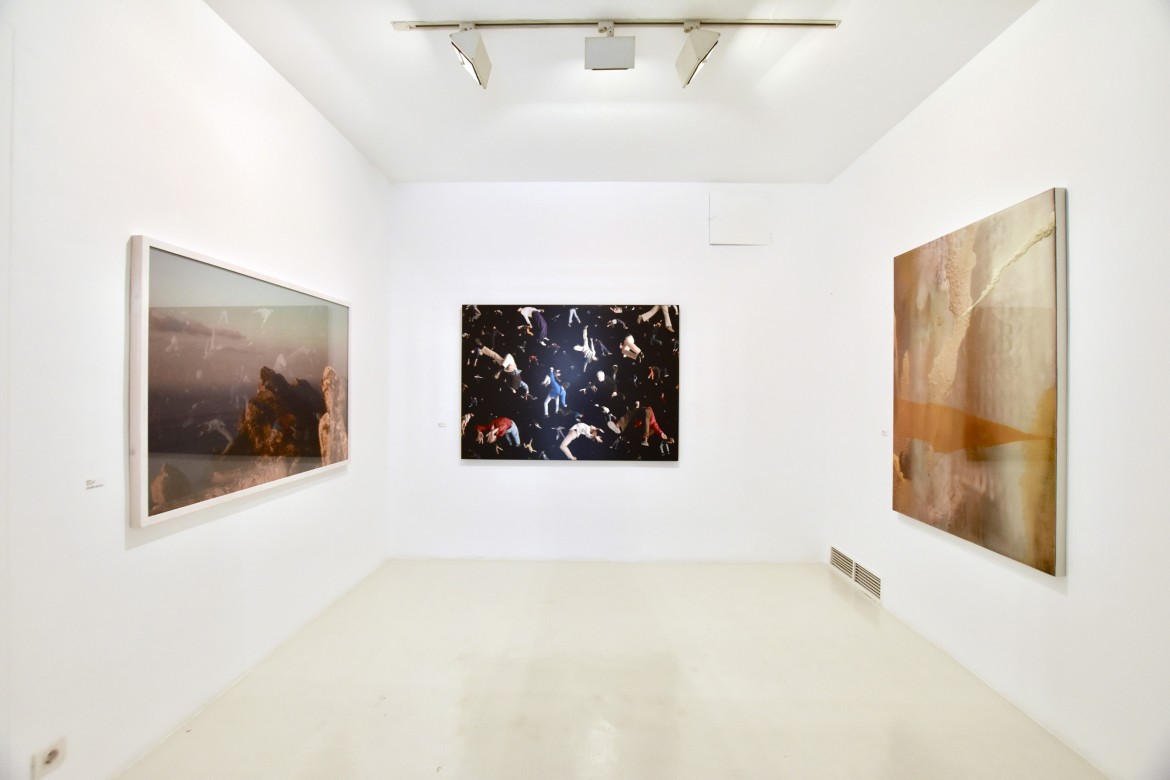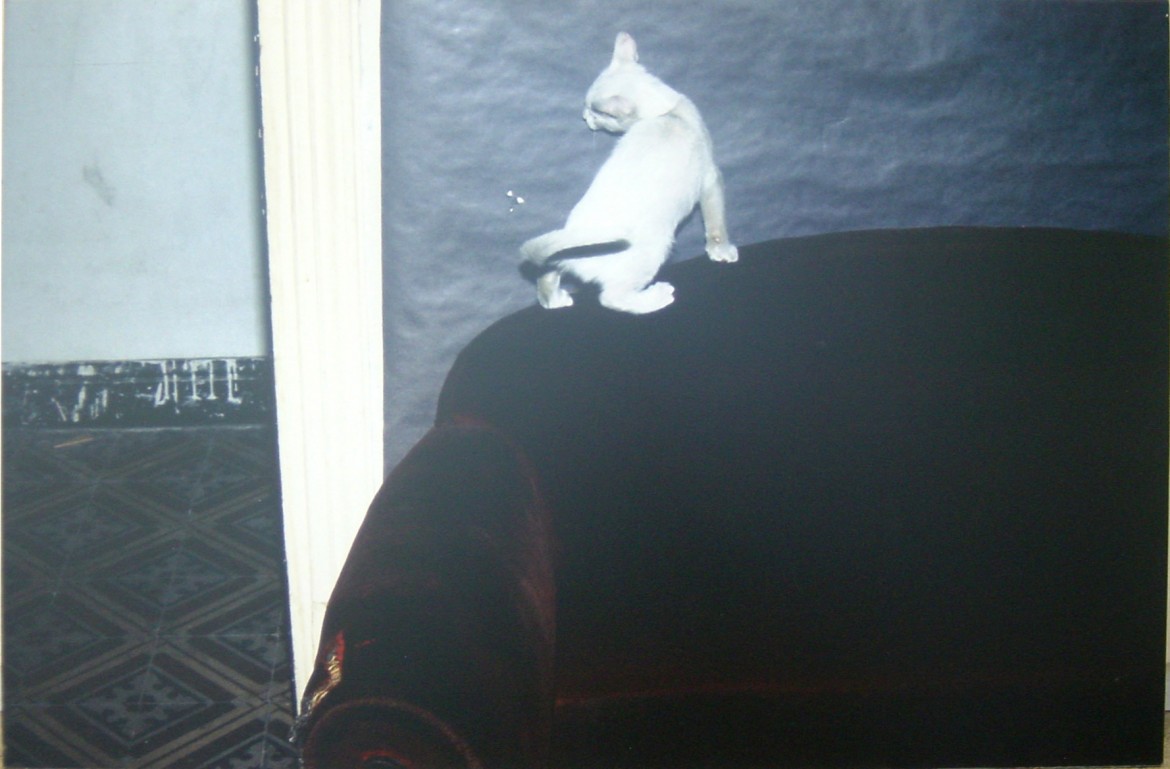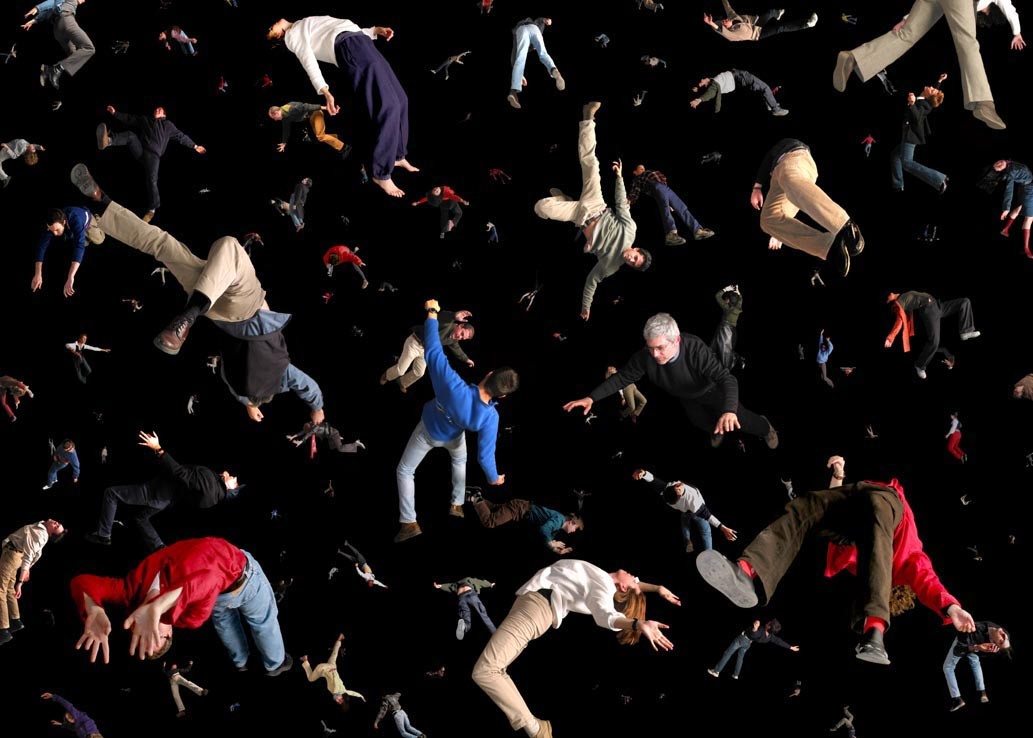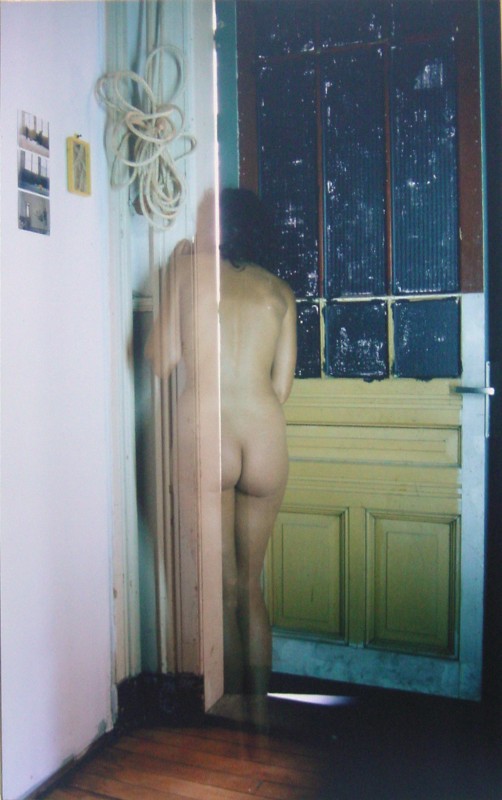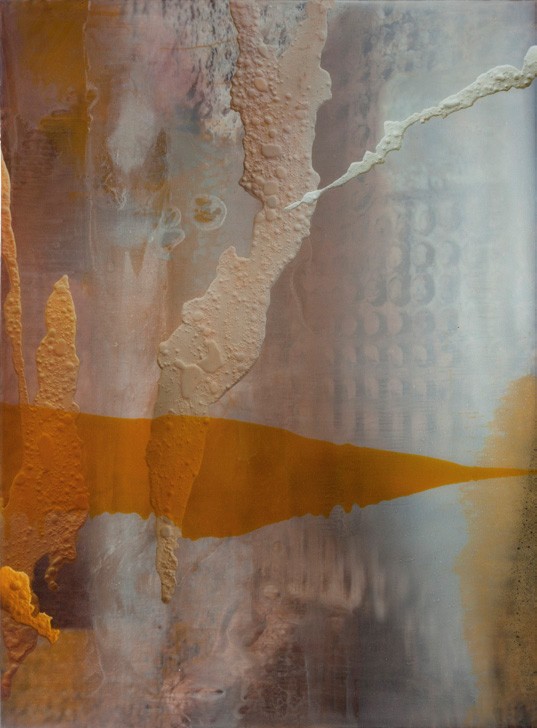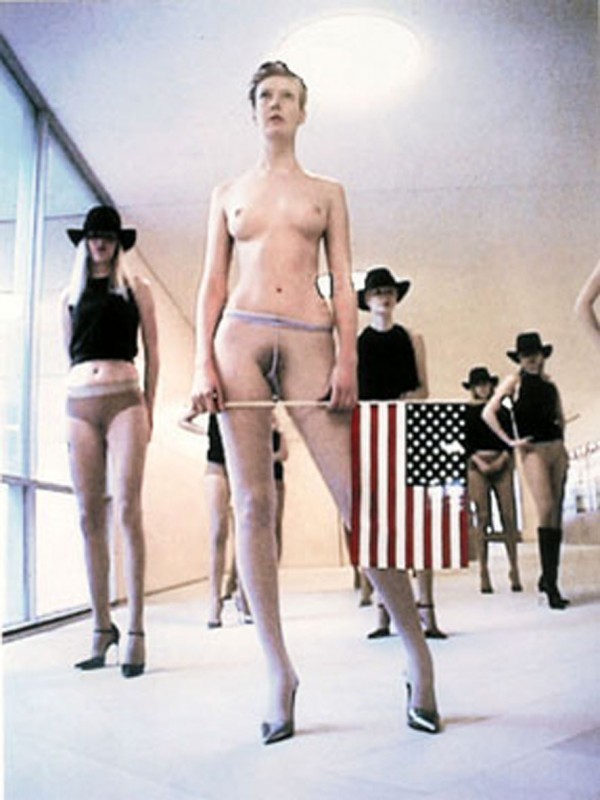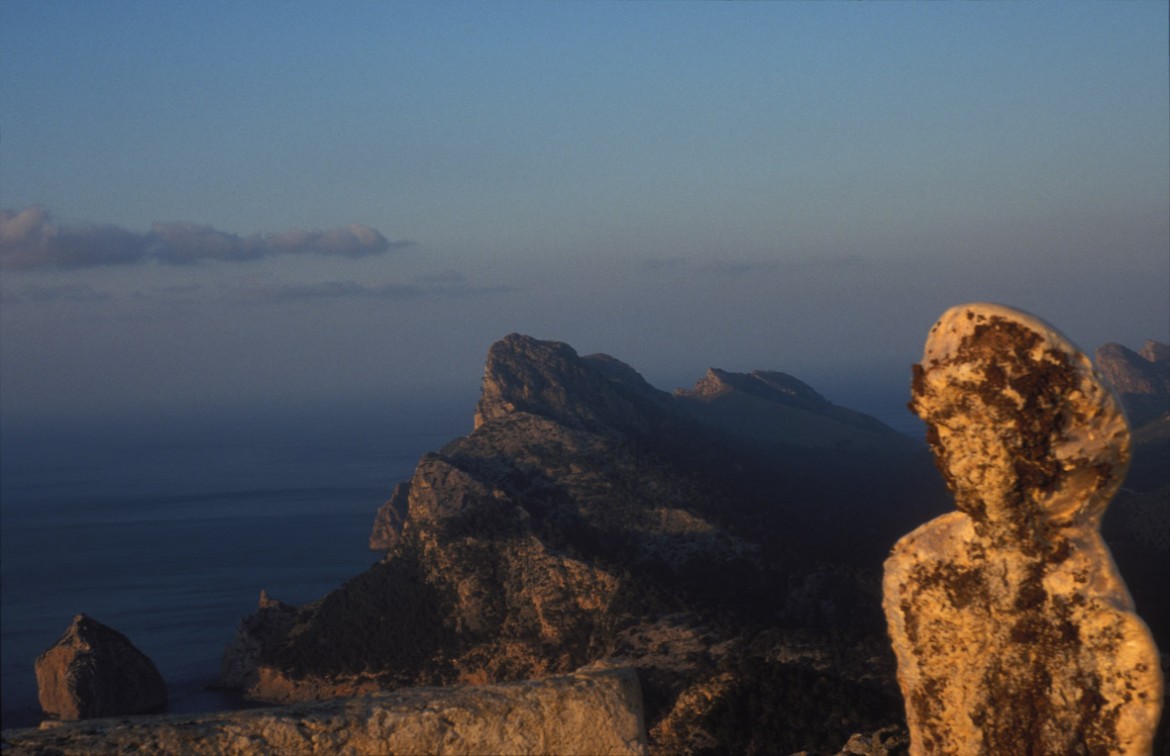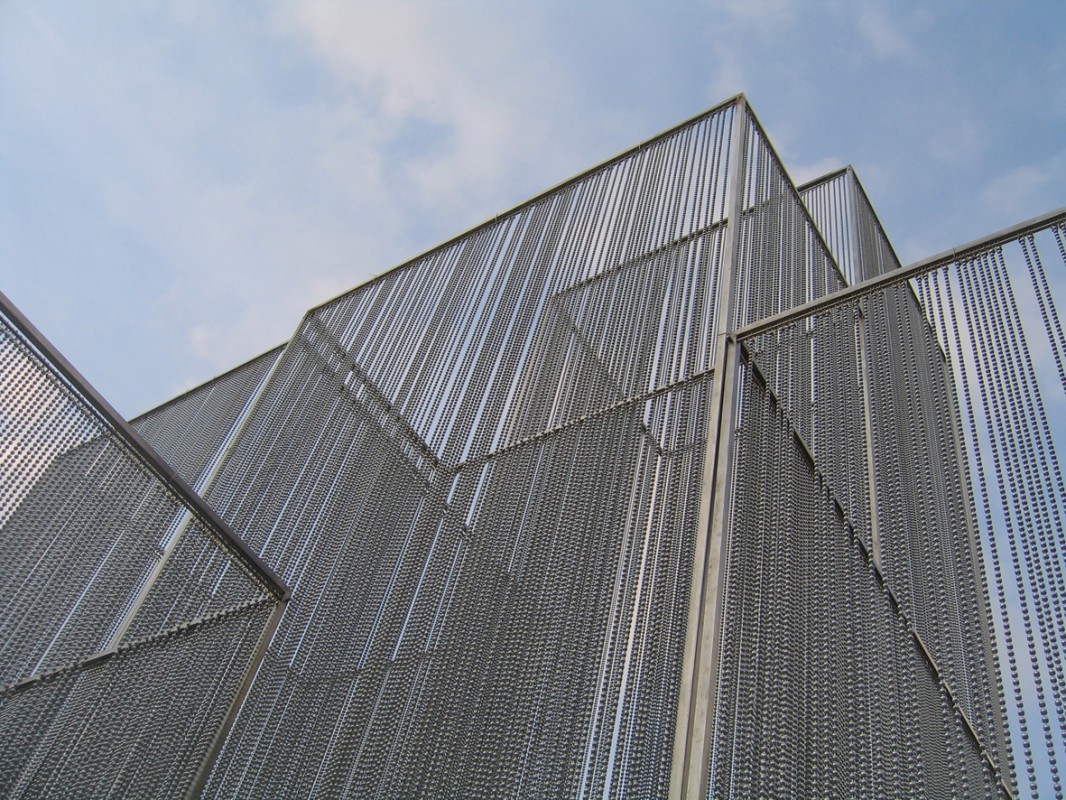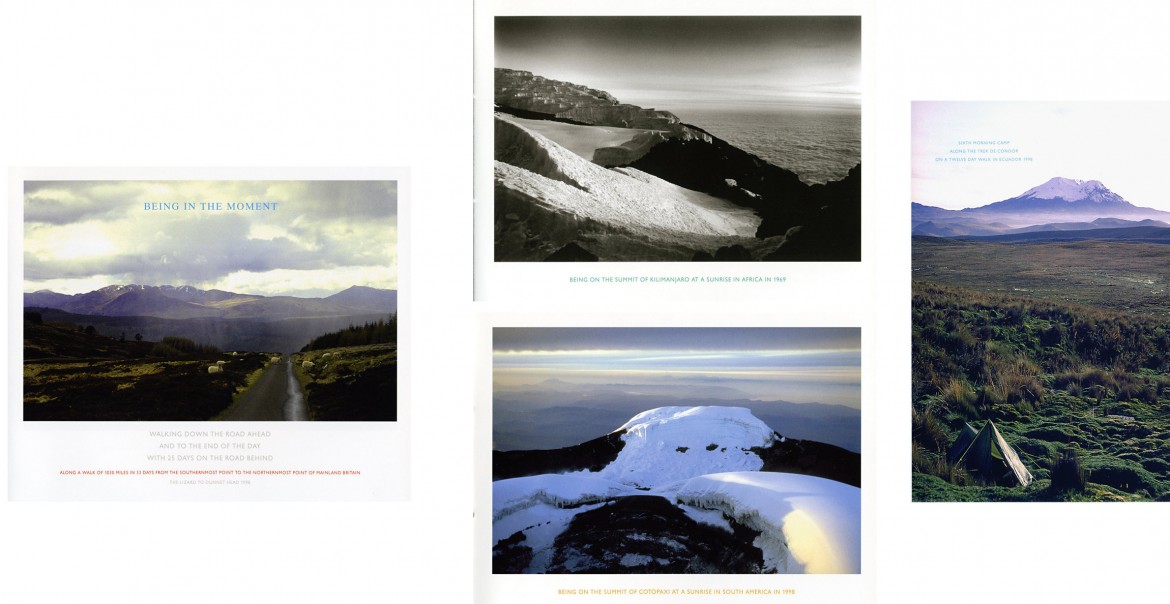CLICK
Click presents a selection of artworks coming from Galería Maior’s photography collection. This exhibition underlines the versatility of this medium and the wide range of possibilities that offer not only to photographers but also to visual artists that make a more occasional or experimental use of it.
While during the first half of the 20th century there were a few avant-garde artists such as Man Ray o László Moholy Nagy that successfully experimented with photography, it was not until the 80s that photography established itself as an artistic medium of its own. During the decades of the 60s and 70s photography was mainly used to document actions undertook by conceptual artists and later on, with the rise of the Pictures Generation, to analyse popular culture and mass media. We have to wait until the 80s and the artists associated to the Dusseldorf School to see photography become a fine art genre sanctioned on an institutional and commercial level.
Click showcases a small selection of works with different approaches to contemporary art photography. In Being in the Moment (1999), for instance, British artist Richard Long makes use of beautiful landscapes images to document his now famous ‘walks’ he made in the UK (1998), Tanzania (1969) and Ecuador (1998). Although the images are indeed an entity in themselves, they are accompanied by a text that refers the actions undertook by the artist. In Vigies (2009) Amador intervenes the landscape of Formentor by placing his polyurethane sculptures. This action not only allows him to insert his pieces in nature but it also lets him reflect on the human condition and its relation to the environment.
Pilar Albarracín’s work tackles issues around representation, specially in relation to identity and gender. La expulsión del paraíso (2002) presents a couple in a hostile landscape that in a way relates to the genre of the tableau where artistic composition is of great importance. Vanessa Beecroft’s VB34-Royal Openning Moderna Museet (1998) gravitates again between the tableau and performance; her work, which also explores issues related to feminine imagery in contemporary culture, has an important scenographic element through which the artist confronts the visitor with her work that quite often includes naked women.
The work of Eulàlia Valldosera also focuses on female representation; in Quemaduras: exit IV (1991) the artist’s body vanishes as a result of various process of exposure. Alberto García- Alix’s S/T (1981) is a gorgeous piece that stands out for its spontaneity and the banality of its subject of representation, that in a way brings it closer to the snapshot aesthetic. Santiago Sierra’s El pasillo de la Casa del Pueblo (2005) transmits an intensity and a kind of roughness that relates to the genesis of the project; an action that took place at Ceaucescu’s palace in Bucharest where the artist paid some four-hundred Rumanian women to besiege visitors
asking for money.
The exhibition also includes artists that use photography in a more experimental way. Here we find for instance Luis Gordillo’s S/T (2013), an artist whose work has always questioned the value of the image and its reproducibility. The work of Daniel Canogar investigates the possibilities that arise from photography, video and digital technology; in Gravedad Cero (2002) we see how after suppressing the backdrop of the image the figures seem to be graciously suspended in the vacuum. To conclude, there also is a work by Darío Urzay whose practice sits between painting and photography. His works are the result of a synthesis of mediums and techniques that result in complex chromatic landscapes characterised by an organic appearance.
